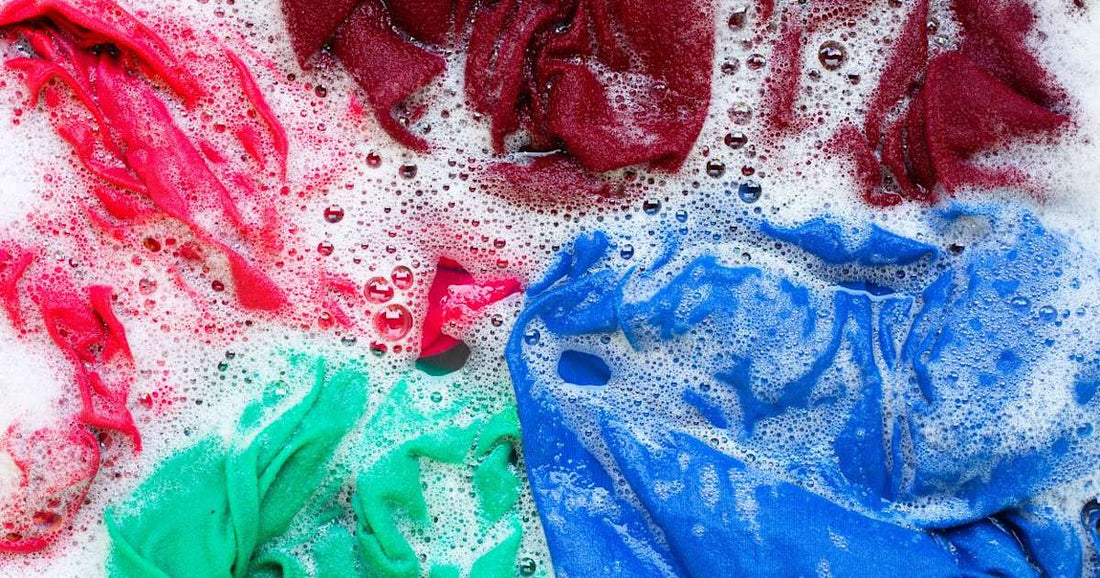
Colorfastness: Keeping Clothes Vibrant
Share
Colorfastness refers to a fabric’s ability to retain its original color and resist fading, bleeding, or transferring when exposed to various external factors such as washing, sunlight, rubbing, or perspiration. It is an important measure of quality and durability, especially for clothing, upholstery, and textiles meant for daily use.
A fabric with high colorfastness maintains its vibrancy longer, looks newer over time, and minimizes issues like staining or dullness.
Types of Colorfastness
-
Wash Fastness
- Definition: Resistance of a fabric’s color to fading or bleeding during laundering.
-
Factors Affecting It:
- Type of dye and dyeing process used.
-
Water temperature, detergent strength, and washing frequency.
- Impact: Poor wash fastness can cause garments to lose brightness quickly, bleed onto other clothes, or develop patchy fading.
-
Tip: Wash dark or bold-colored garments inside out and in cold water to improve wash fastness.
-
Light Fastness
- Definition: Resistance of fabric color to fading when exposed to sunlight (UV radiation).
-
Factors Affecting It:
- Dye chemistry (some dyes are naturally more UV-resistant).
-
Duration and intensity of sun exposure.
- Impact: Fabrics with poor light fastness fade or discolor, especially in outdoor clothing, curtains, and upholstery.
-
Tip: Store garments away from direct sunlight and use UV-protective finishes for outdoor fabrics.
3. Rubbing / Crocking Fastness
-
- Definition: Resistance of a fabric’s color to transfer when rubbed against another surface, either when dry or wet.
-
Factors Affecting It:
- Dark or heavily saturated colors are more prone to crocking.
-
Fabric surface texture (rougher surfaces tend to rub more).
- Impact: Low crocking fastness causes color to rub off on skin, furniture, or other clothing—common in raw denim and dark cottons.
-
Tip: Pre-washing or using color-fix treatments can minimize crocking in new garments.
-
Sweat Fastness
- Definition: Resistance of fabric color to fading or bleeding when in contact with body perspiration (acidic or alkaline).
-
Factors Affecting It:
- Chemical interaction between dyes and salts/acids in sweat.
-
Heat and moisture accelerate fading.
- Impact: Fabrics with poor sweat fastness may discolor, stain skin, or look dull in high-sweat zones (underarms, collars).
-
Tip: Moisture-wicking fabrics with synthetic fibers generally perform better against sweat-related fading.
Why Colorfastness Matters
- Longevity: High colorfastness fabrics maintain their original look for longer, resisting fading and dullness.
- Aesthetics: Colors remain vibrant, ensuring garments look new and premium over time.
- Practicality: Prevents dye transfer to other clothes, skin, or furniture.
- Sustainability: Longer-lasting color reduces the need for frequent replacements, supporting eco-friendly fashion choices.
In summary: Colorfastness ensures your clothes not only look great when new but also stand the test of time, washing, and daily wear. Fabrics tested for high wash, light, rubbing, and sweat fastness are more reliable, practical, and durable.
